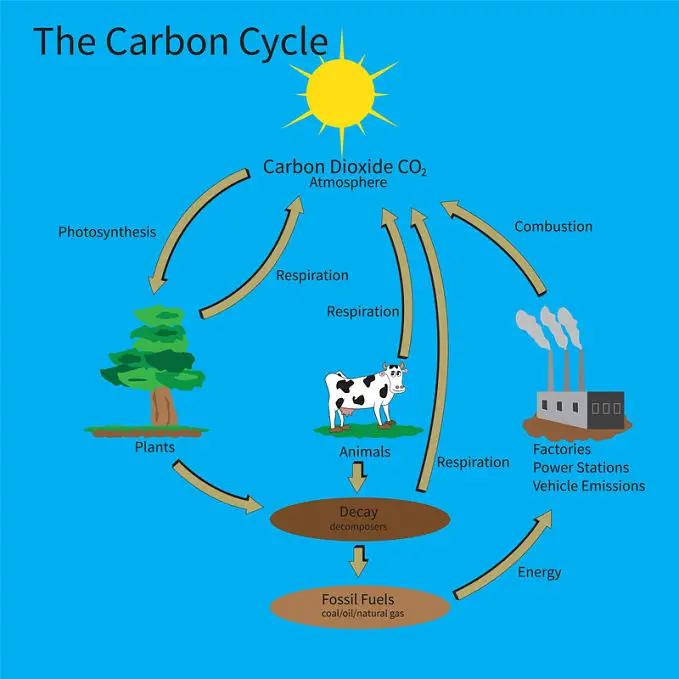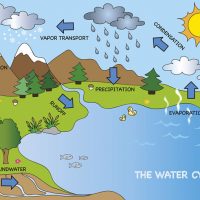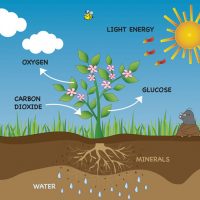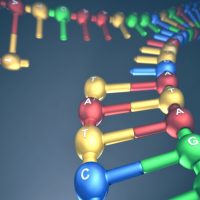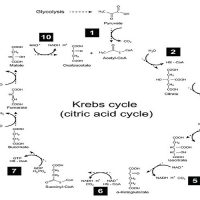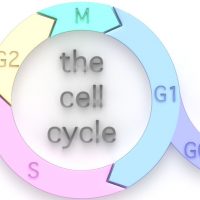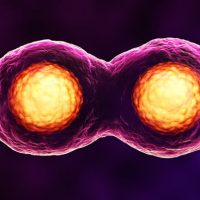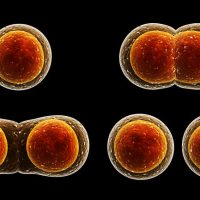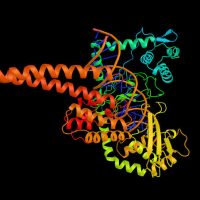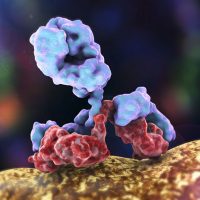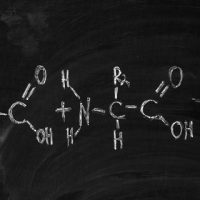What is the carbon cycle?
All living things contain carbon, making it a vital component of life on Earth. The carbon cycle shows the movement of carbon, in various forms, throughout the atmosphere, living things, oceans, and Earth.
The movement of carbon can be viewed as two separate cycles that interact with one another: short-term movement of carbon through living things and long-term storage and release of carbon through geological processes.
Why is the carbon cycle important? Refer to the above diagram of the carbon cycle and read on for a more detailed explanation of what it is and why it matters…
Why is the carbon cycle important?
Carbon exists in the atmosphere as carbon dioxide (CO2) and in water as bicarbonate (HCO3–).
These compounds are taken in by photosynthetic organisms such as plants, algae, and some bacteria. They convert CO2 (or bicarbonate) into molecules such as sugars.
Animals that then eat these photosynthetic organisms consume the sugars, passing the carbon through food chains.
The role of cellular respiration in the carbon cycle
Eventually, the energy in the sugars is harnessed by cellular respiration, and the resulting CO2 is released back into the atmosphere.
In addition, as dead organisms and waste products are decomposed, more organic molecules and CO2 are released. This is a fast cycle, taking in and releasing carbon comparatively quickly.
The exception to this quick turnover is when dead organisms sink to the ocean floor to form sedimentary rock, or when they are buried underground. The carbon in these organisms can remain trapped for longer periods of time.
Conversely, carbon can be stored for extended intervals in large bodies of water, sediment at the ocean bottom, soil, rocks, and fossil fuels. CO2 dissolves in water to form carbonate ions that is used by marine organisms to form their shells which, upon their deaths, will become part of the ocean floor sediment.
This will, in turn, become limestone, which is the largest carbon reservoir on Earth. Carbon can also be stored in soil from decomposed organisms or broken-down rocks and minerals, or in fossil fuels, from plants that were trapped underground without oxygen. The carbon trapped in these long-term reservoirs is released by burning fossil fuels, or through the eruption of volcanoes.
Let’s now consider how humans affect the carbon cycle…
How do humans affect the carbon cycle?
Carbon dioxide is a greenhouse gas – without it, and other greenhouse gases, the Earth would not be warm enough to sustain life.
However, burning of fossil fuels, along with deforestation, has released more CO2 into the atmosphere than can be absorbed by oceans or taken up by plants.
Excess CO2 in the atmosphere is linked to distinct climate changes, mainly increased temperature.
Also, the additional absorption of CO2 into the oceans makes the water more acidic, preventing marine organisms from forming proper shells and bleaching coral reefs. Ultimately, the carbon cycle is impacted by human actions, causing shifts in climate patterns.

